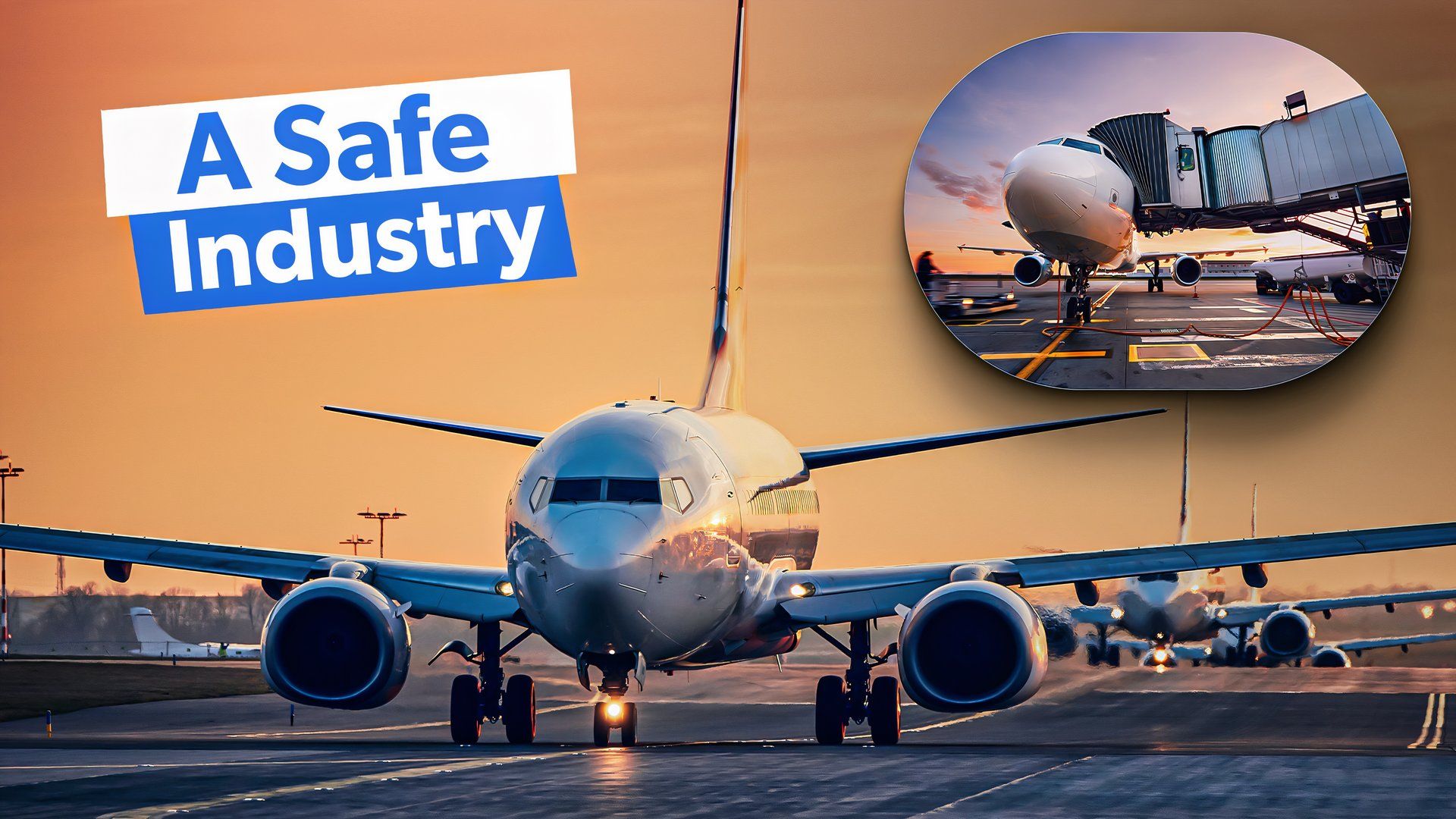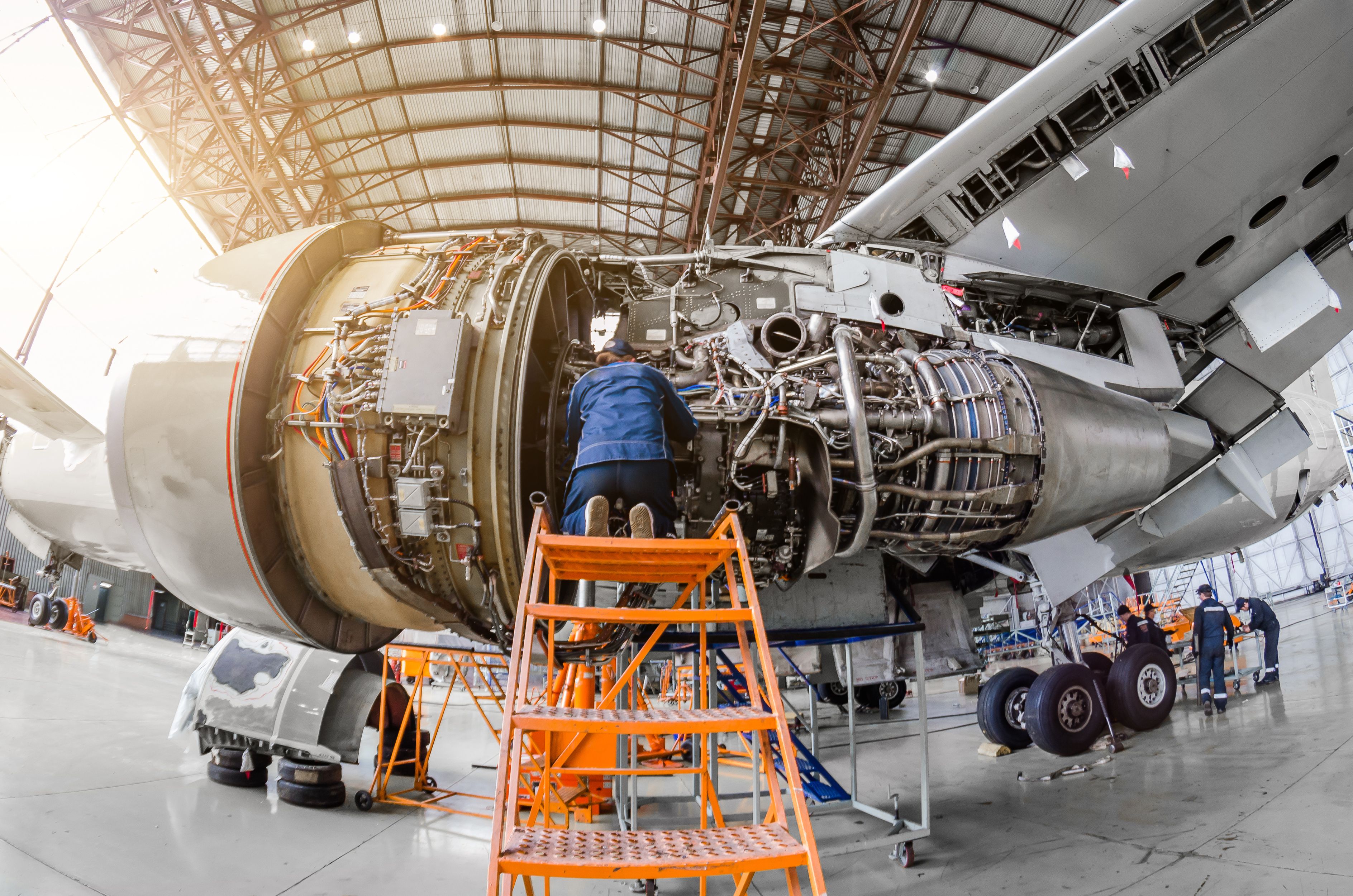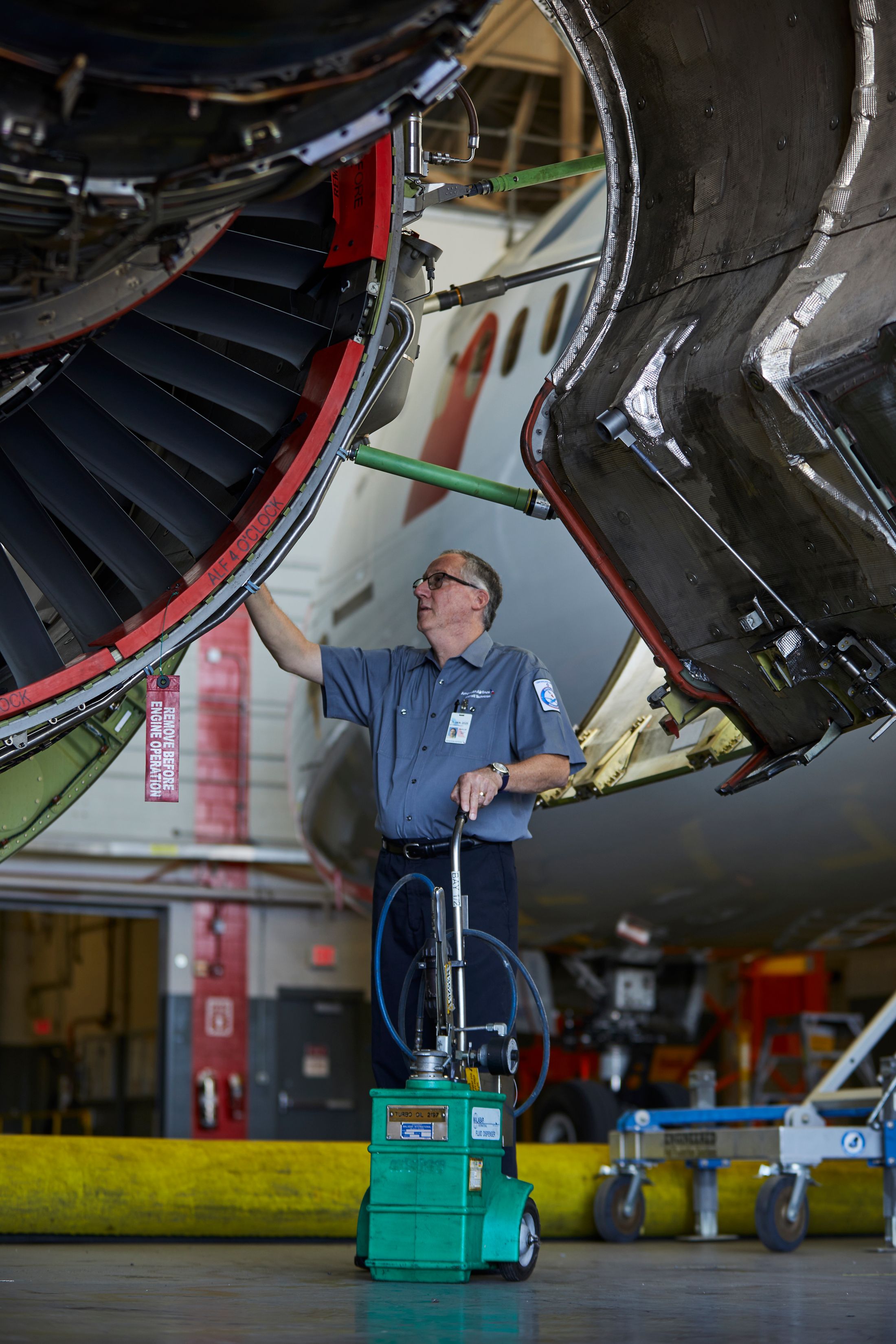Summary
- Strict regulations, advanced technology, and improved safety measures have led to a significant decrease in aircraft accidents.
- Engineering factors, such as composite materials and sophisticated navigation systems, contribute to aviation safety.
- Regulatory factors, including standardization, enhanced security, better maintenance, and superior crew training, also play a crucial role in maintaining safety.
The low incidence of airplane crashes in recent times indicates that the sector has put in place strict regulatory measures and uses sophisticated technologies that ensure safety. But why are there a few cases of airplane accidents today? What measures help maintain such high levels of safety?
Data reveal positive trends
In recent years, the highest number of accidents was recorded in 2019, with 114 cases. Although there were fatal Boeing 737 MAX crashes in 2019 and 2020, aviation safety is at an all-time high.
In 2020 and 2021, the number of accidents was significantly lower because fewer aircraft were in the sky due to COVID-19-related restrictions.
Later, after the restrictions were lifted, both traffic and accidents increased significantly in 2022, and fatalities, too, increased from 104 to 160. In 2022, the accident rate was 2.05 accidents per million departures, a 6.3% increase from the previous year.
As per the 2023 ICAO Safety Report, the overall global accident rate in 2022 climbed to 2.05 accidents per million departures with increased passenger traffic because of the relaxation of pandemic-related restrictions.
Airbus’ Statistical Analysis of Commercial Aviation Accidents 2023 revealed that air transportation increased by 20% in 2023 compared to the previous year, but there were no fatal accidents and no hull losses.
Photo: aappp | Shutterstock
In 2023, the fatality rate for flying is 0.003% per billion kilometers, that of trains is 0.27%, and that of automobiles is at 2.57%. In North America or Europe, the chance of dying in a plane crash is around 29 million to one.
At least two engineering-related factors have been crucial in making the airplane the safest means of transportation of the last century.
- Composite materials. Engineers came up with optimized aerodynamic designs that are more efficient, used lighter but stronger materials like composite ones and developed improved propulsion systems, hence continuous progress. These advances not just result in less fuel to be burnt and reduced environmental pollution, but also contribute to the overall security and safety level of any aircraft.
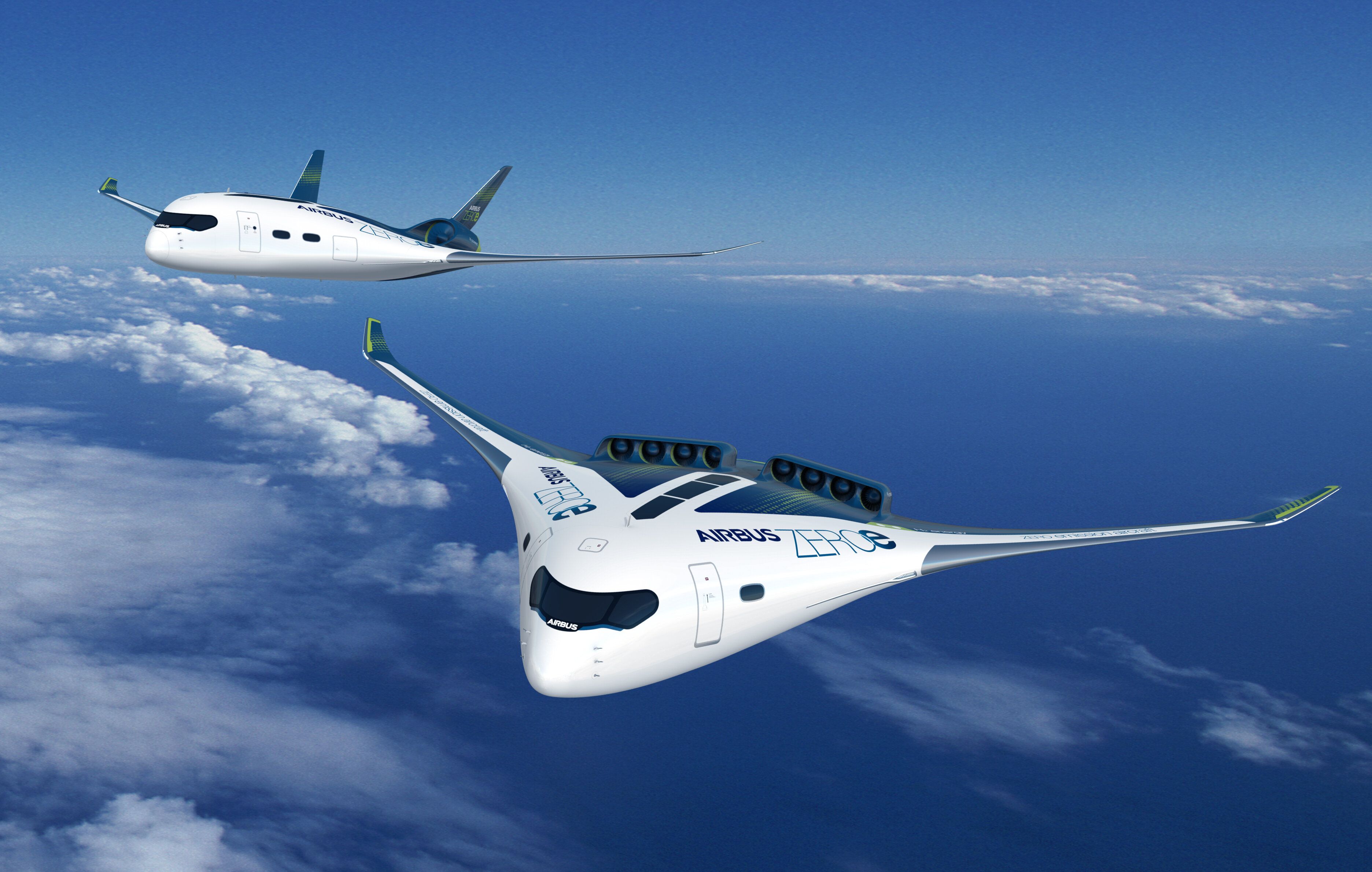
Related
Why The Basic Fuselage Model Has Never Changed
Why haven’t we seen new shapes for commercial aircraft?
- Sophisticated navigation and communication systems. Planes have high-tech navigation and communication systems that help pilots keep flying safely even if the weather is bad. Systems like these are covered with advanced features of autopilot, ground proximity warning or GPWS, and traffic collision avoidance systems (TCAS), which significantly decrease chances for mid-air collisions.
Photo: American Airlines
Aviation is guided to a great extent by the rules and regulations that are set forth by organizations like the International Civil Aviation Organization (ICAO) alongside national aviation authorities.
- Standardization and cooperation. Regulations cover a variety of aspects in airline operations, comprising aspects such as aircraft construction and production, qualifications for a pilot, management of aircraft traffic, ways in which aircraft are maintained, and systems that manage security issues. Standardization aids in enhancing and consistency across the global aviation sector, which is crucial for safety and reliability reasons.
- Enhanced safety checks. The tightening of security since the September 11 terrorist attacks has almost wiped out hijackings. In the wake of 9/11, all the necessary precautions were taken by airports and airlines to avoid all forms of threats, including hijacks. These precautions consisted of thorough passenger screening, improved ways of protecting the planes inside, and fortified cockpit doors. These measures have effectively reduced the likelihood of unauthorized access to the cockpit and ensured a secure environment for passengers and crew throughout the flight.
- Better maintenance and inspection protocols. Worldwide, there are strict laws and rules set by aviation authorities which govern the protocol for the inspection and maintenance of airplanes. According to what the manufacturer suggests, and the policies set by these entities, airlines have to do the usual checks regularly.
- Better crew training. Many aviation accidents identify human error as a key contributor. Yet the sector minimized the danger through advanced pilot education and closely followed protocols. Pilots pass through a lot of training sessions with some involving exercises that help them learn how best to respond to emergency situations while they are in the air, which could happen anytime. The coming of advanced flight simulators and training programs has seen a remarkable development in pilot training. Pilots are not only trained in flying skills; they also learn about pressure decision-making and how to manage emergencies should they arise, as well as assist each other on matters regarding cockpit resource management.
Many airlines and regulatory authorities have increasingly turned to data analytics to enhance safety measures in the aviation field – they now tend to gather large volumes of disparate data sources including flight operations details as well as maintenance records.
- Data-driven approach. By examining trends and patterns, aviation professionals can recognize prospects of danger and put in place preemption safety criteria. Predictive preservation skills, such as predicting equipment issues before they actually happen, minimize non-operational times and promote wellbeing by using data analytic algorithms. Airlines are using predictive maintenance technologies more frequently lately, which use data analyzed from aircraft systems to predict and anticipate impending problems before they lead up to full-blown failures.
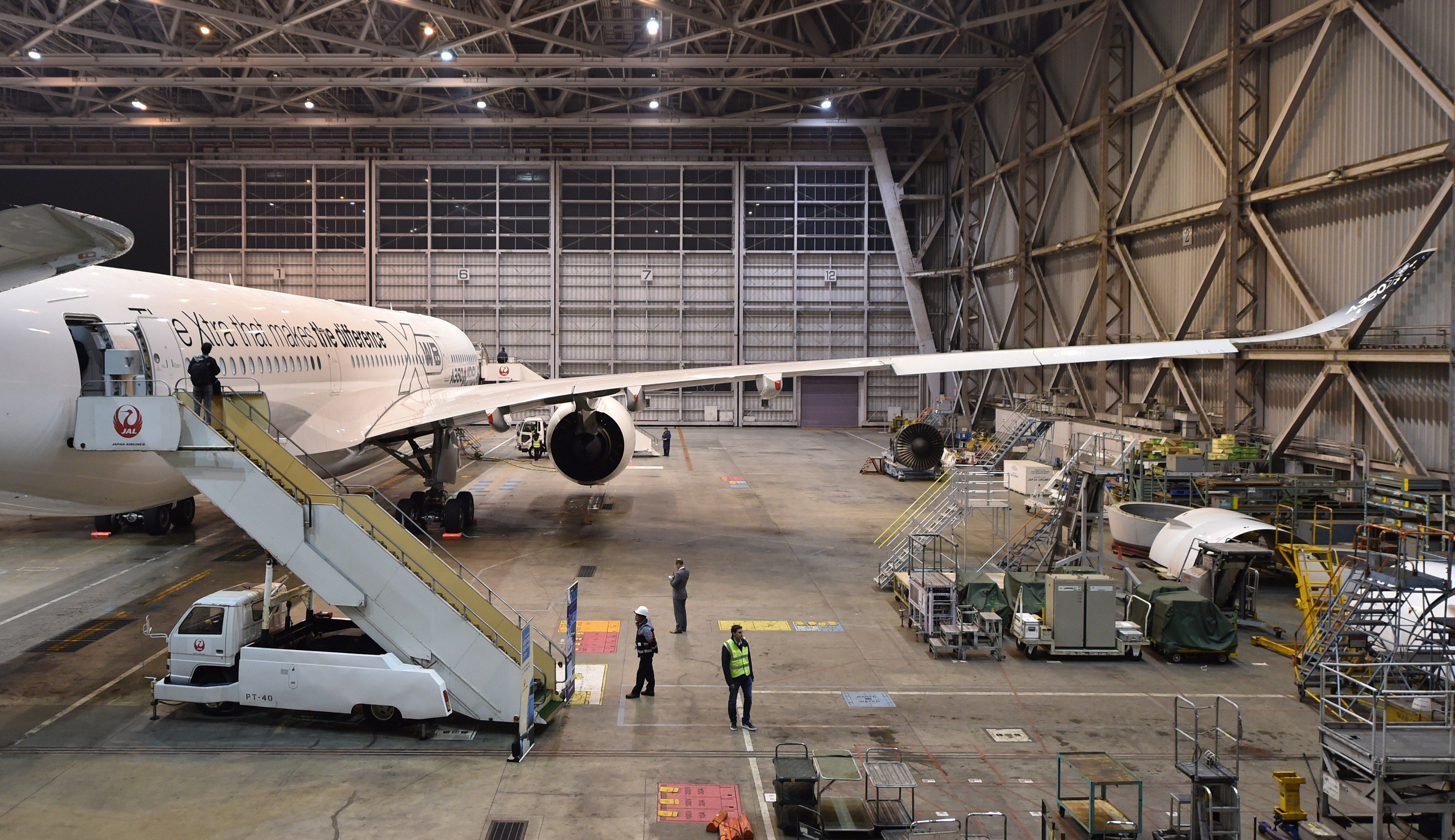
Related
How Are Aircraft Maintenance Programs Designed & Approved?
A maintenance program must be certified at the time of aircraft’s airworthiness certification.
- Improved weather modeling and forecasting tools. Pilots and airlines now get detailed weather information in time through technological advancements in meteorology such as satellite images, computer models, and weather radar systems. Pilots are able to avoid unfavorable weather conditions like turbulence, thunderstorms, icing and low visibility after making well-informed choices on the best course to take. These tools also help airlines save money. For example, JetBlue saves an average of $50,000 per month per hub.
- Advanced Air Traffic Control Systems. Air traffic control systems (ATC) have undergone many changes thanks to the growth in technologies like radar, satellite navigation, and digital communication systems. Modern Air Traffic Control (ATC) systems enable real-time tracking of airplanes in flight, enabling them to be guided with precision during take-off and landing while maintaining orderliness of the sky so that there isn’t any collision between them halfway through their journey.
Fatal air crashes in the US have dropped from 40 per million flights in 1959 to 0.1 per million today. In 2014, out of 3.3 billion passengers, there were 12 fatal accidents, equating to 0.23 per million flights. However, transitioning from fossil fuels to new propulsion systems will present safety challenges.
Will the green transition compromise aviation safety in the future? Share your thoughts in the comments below.

